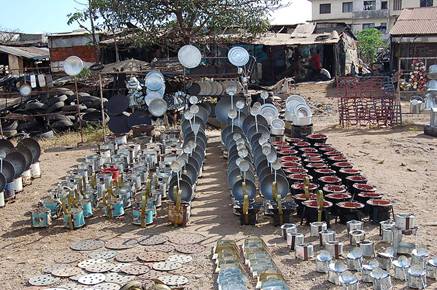The consequences of growth for Development
Syllabus: Discuss
the relationship between economic growth and economic development,
noting that some limited economic development is possible in the
absence of economic growth, but that over the long term economic growth
is usually necessary for economic development (however, it should be
understood that under certain circumstances economic growth may not
lead to economic development)
economic development)
'Growth
is good'. This is the standard view of economic growth, and it tends to
be treated as the 'Holy Grail' of economic policy for both developed
and developing countries.
It may be possible for some limited economic development to take place in economies that are not experiencing economic growth.
Nevertheless, over the longer term economic growth is necessary for development to take place.
Possible costs of growth include:
- Inequality of income - growth rarely delivers its benefits evenly. It often rewards the strong, but gives little to the economically weak. This will widen the income distribution in the economy. In developing economies, income distribution is frequently unequal and many of the benefits of growth may go to the better-off in society and flow overseas in the form of increased profit for multinational corporations.
- Pollution (and other negative externalities) - the drive for increased output tends to put more and more pressure on the environment and the result will often be increased pollution and resource degradation. This may be water or air pollution, but growth also creates significantly increased noise pollution. Deforestation and environmental degradation are likely to result from growth. This is particularly true in developing countries as they tend to have little legal protection of the environment.
- Loss of non-renewable resources - the more we want to produce, the more resources we need to do that. The faster we use these resources, the less time they will last.
- Loss of land - increased output puts further pressure on the available land. This may gradually erode the available countryside. In many developing economies there will also be additional problems resulting from the movement of people from country to urban areas.
- Lifestyle changes - the push for growth has in many areas put a great deal of pressure on individuals. This may have costs in terms of family and community life in many economies.
Note the command word included in the Syllabus statement so a Data Response Qd could be about this discussion
For example:
Nov 2013
Q3d: Using information from the text/data in Table 2 and your knowledge of
economics, examine Amartya Sen’s argument that economic growth should not
be “our ultimate objective, but a very useful means to achieve … a better quality
of life” (paragraph 4).
